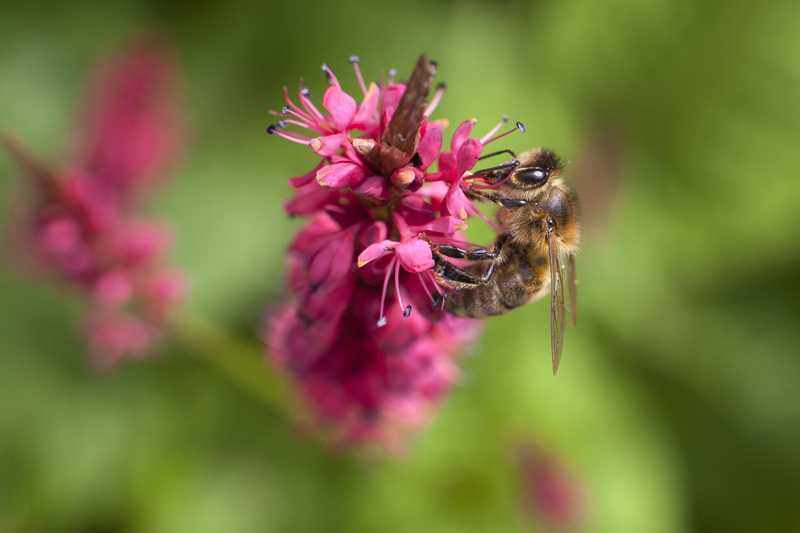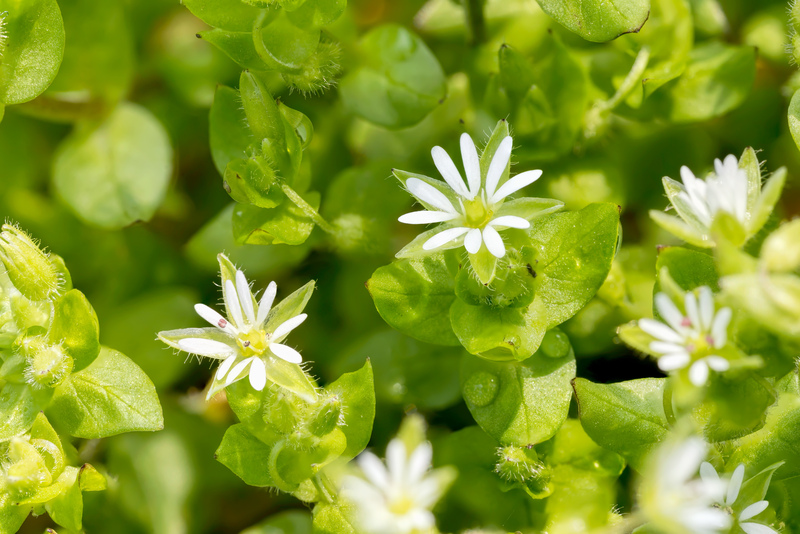Illuminate Your UK Garden with 9 Ground Cover Varieties
Posted on 16/05/2025
Illuminate Your UK Garden with 9 Ground Cover Varieties
Creating a vibrant garden that blooms with color through every season is a dream for many garden enthusiasts. One way to achieve this, while minimizing maintenance and promoting biodiversity, is by using ground cover plants. In this comprehensive guide, we will explore nine exceptional ground cover varieties perfect for UK gardens that not only beautify but also illuminate your outdoor space.
The Benefits of Ground Cover Plants
Ground cover plants are more than just a filler. They play essential roles like preventing soil erosion, suppressing weeds, providing habitat for wildlife, and adding texture and interest to garden designs. From grassy carpets to flowering spreads, these plants can transform a garden landscape into a picturesque retreat.
Top 9 Ground Cover Varieties for UK Gardens
1. Chamomile Lawn (Chamaemelum nobile)
A delightful alternative to the usual grass lawn, chamomile lawns are known for their aromatic scent and charming daisy-like flowers. They're incredibly easy to maintain and don't require regular mowing. Besides, they infuse your garden with a calming fragrance that's most potent in the evening. Plant chamomile in a sunny spot for the best results.
2. Creeping Thyme (Thymus serpyllum)
An evergreen ground cover, creeping thyme, is ideal for filling gaps between stepping stones or sprawling over garden walls. It thrives in well-drained soil and sunny areas, rewarding gardeners with a carpet of tiny purple flowers during late spring and summer. Plus, it's drought-resistant and attracts butterflies and bees, enhancing your garden's biodiversity.
3. Mind-your-own-business (Soleirolia soleirolii)
This quirky-named plant is perfect for spreading across damp, shady areas of your garden. It forms a dense mat of light green foliage and is known for being low maintenance. Being adaptable, Mind-your-own-business can be used to soften garden paths or cover unsightly garden patches.
4. Sedum (Sedum spurium)
Sedums, or stonecrops, are a popular choice due to their succulent leaves and minimal watering needs. They're great in rock gardens and can handle poor soil and full sun. During the summer, you'll enjoy their vibrant clusters of pink flowers that attract pollinators. Consider sedums for a hardy ground covering plant that packs a visual punch.
5. Bugleweed (Ajuga reptans)
Known for its striking blue flower spikes and glossy leaves, bugleweed is ideal for shady, moist areas of your garden. It's an excellent choice for underplanting around shrubs or trees. This particular ground cover variety offers seasonal interest with its variably colored foliage that may include hues of purple or burgundy.
6. Lamb's Ear (Stachys byzantina)
Named for its soft, woolly leaves, lamb's ear is a go-to choice for adding a silvery hue to your garden. It's drought-tolerant and performs well in dry, sunny spots. The texture of lamb's ear offers a wonderful contrast to more vibrant plants, making it a versatile addition to any garden plan.
7. Lilyturf (Liriope muscari)
An appealing ground cover plant for its grass-like leaves and resilient nature, lilyturf thrives in both sun and shade. During the late summer, it blooms with lovely purple or white flowers that resemble grape hyacinths. Adaptable and hardy, lilyturf is a fantastic choice for borders or as an ornamental grass substitute.
8. Bishop's Weed (Aegopodium podagraria)
Bishop's weed, with its variegated foliage, is excellent for brightening shady areas where other plants might struggle. While it's fast-spreading and needs some monitoring, its dense foliage can create a lush appearance quickly. Use this ground cover with caution but enjoy the refreshing contrast it brings to darker areas of your garden.
9. Spring Gentian (Gentiana verna)
If you seek a splash of electric blue, look no further than the spring gentian. This low-growing plant is perfect for rock gardens and is best planted in well-drained soil with ample sunlight. Although it can take a bit longer to establish, the stunning blue flowers are worth the wait and will illuminate your garden magnificently.
Expert Tips for Ground Cover Success
- Soil Preparation: Ensure the soil is adequately prepared and amended to suit the ground cover you're planting, enhancing growth and success rates.
- Placement: Consider sun and shade requirements when placing your ground covers to ensure they thrive in their chosen spots.
- Maintenance: Although ground covers are low maintenance, regular checks will help manage their spread and keep them healthy.
- Diversity: Combine different ground cover varieties to create a dynamic and textured garden landscape.
Conclusion
Ground cover plants are an excellent solution for adding enchantment and practicality to your garden space. By selecting from the top nine ground cover varieties highlighted in this guide, you'll create a beautiful, resilient, and thriving garden environment. Enjoy the beauty of nature while reducing maintenance tasks and contributing to your garden's ecological health with these stunning, living tapestries.



